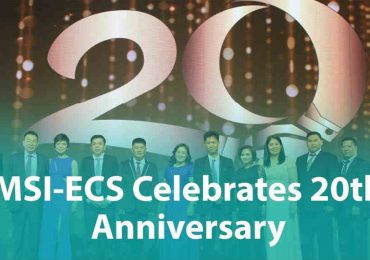
Nearly two-thirds (63 percent) of teachers cited budget as the biggest barrier to accessing tech in the classroom. In low-income communities, this is an even greater challenge as 70 percent of teachers reported it as the greatest obstacle. Teachers in affluent communities also have greater parental and school board support for tech in the classroom compared to those teaching in low-income communities. Thirty-eight percent vs. 14 percent cited high levels of parental support and 38 percent vs. 21 percent for school board support.
While the vast majority of teachers have access to computers, less than two-thirds (59 percent) have access to an interactive whiteboard, a newer technology that can be used more broadly for classroom lessons. Teachers in affluent districts are also twice as likely to have access to tablets as teachers in middle and lower income districts. Still, teachers’ opinion about the ability of tech to enhance learning is universal; 93 percent believe that interactive whiteboards enrich classroom education and 81 percent feel the same way about tablets. This attitude towards technology transcends grade level, the income levels of the student population and the types of communities where they teach.
According to the survey, tech resources used most often in the classroom include: websites (56 percent), online images (44 percent) and online games or activities (43 percent). Increasing student motivation (77 percent), reinforcing and expanding on content being taught (76 percent) and responding to a variety of learning styles (76 percent) are the top three reasons teachers use technology in the classroom.
PBS, a leading provider of free teacher resources and digital content for use in the classroom, has regularly surveyed educators on their use of digital media and technology since 2002.
“Over the past decade, we’ve seen broadening adoption and deeper integration of digital media in classrooms for all age groups, with teachers enthusiastic about the power of new technologies to foster learning,” said Rob Lippincott, Senior Vice President, PBS Education. “It’s clear most teachers are embracing technology and need more resources, and PBS is committed to offering innovative tools and resources to support learning in classrooms across America.”
PBS, together with WGBH and local member stations, recently launched PBS LearningMedia, which features a robust library with tens of thousands of digital assets, including lesson plans, background essays, and discussion questions for pre-K-12 educators that align with Common Core State Standards. This free media-on-demand service features content from NASA, National Archives and PBS programs such as NOVA, FRONTLINE, AMERICAN EXPERIENCE, and SID THE SCIENCE KID all in one place.
“By offering exceptional, high-quality content free to educators everywhere, we’re meeting not just current needs of under-resourced communities, but also future needs,” said Michele Korf, Senior Executive for Educational Media at WGBH. “PBS LearningMedia has been designed with teachers for teachers. And it will continue to grow and adapt to meet classroom challenges.”
Teachers using PBS LearningMedia can create custom class pages and lesson plans while implementing state standards correlations as well as accessing student management tools, analytics, online professional development, staff training, and a curriculum gap analyzer tool.






